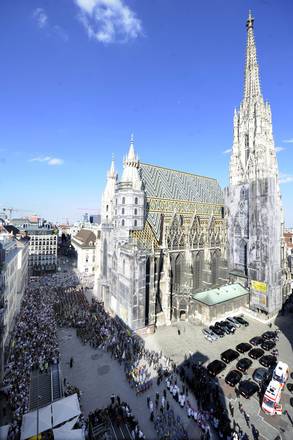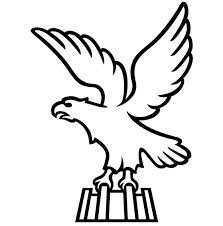Vienna's Catholics halved from Seventies
In 2046 Muslims to be 21% of the citizens
18 November, 18:39by Stefano Giantin
(ANSA) - TRIESTE - In 1971, Catholics accounted for 78.6% of the population, in 2001 they were slightly more than half, and 41.3% in 2011. In 30 years, Catholics have become only a third of the total, followed by those who claim to have no religious affiliation and the by Muslims, whose number looks set to double.
The figures, which describe the changing religious landscape in the city of Vienna, were released by Wirel, a project of the Austrian Academy of Sciences designed to analyze ''the role of religion in shaping the social and demographic structure'' of the Austrian capital city, the official website of the initiative explains.
While the number of Catholics is decreasing, the number of Muslims is increasing, according to the statistics and projections released by researchers. According to Wirel data (http://witt.null2.net/wireldataviz), partly based on some surveys conducted by Statistik Austria and Statistik Wien, in 1971, Muslims were only 0.4% of the whole population in Vienna, 9% in 1981, 4.3% ten years later, 8.2% in 2001 and 11.6% in 2011, and this figure looks set to rise more than 20% in the coming decades. The most significant increase, however, pertains to people who who claim to have no religious affiliation. In 1971 they were 10.3% of the population, 31.6% in 2011. A notable aspect is the decrease of Protestants, that fell from 7.8% (40 years ago) to 4.2% today, along with the growth of Orthodox Christians (from 1.1% to 8.4%).
''If you look into the future, 2046 in our case, and if we take the 'business as usual' scenario'', the same trend that was observed in the last decades, Vienna would have in that year ''some 33% of Catholics, still the group with the highest share of members, the second group will be the ''unaffiliated'' with any religious group ''with 27%, the third group will be the Muslims (21%) and then the Christian orthodox, with 11%'', explains Anne Goujon, researcher at the Vienna Institute of Demography (VID) and principal investigator of Wirel. A landscape, that of Vienna in 30 years from now, ''which is not very different compared with the one we observe now in other European cities''. ''In the 70s, Vienna was still very conservative and religious oriented and it took maybe longer than other capital cities in Europe to change into what most capital cities look today'', Goujon continues. This means, cities with a ''very secular population, with diversity increasing as an effect of migration, coming at this moment mostly from other European countries'', like Germany, for instance. (ANSA).














